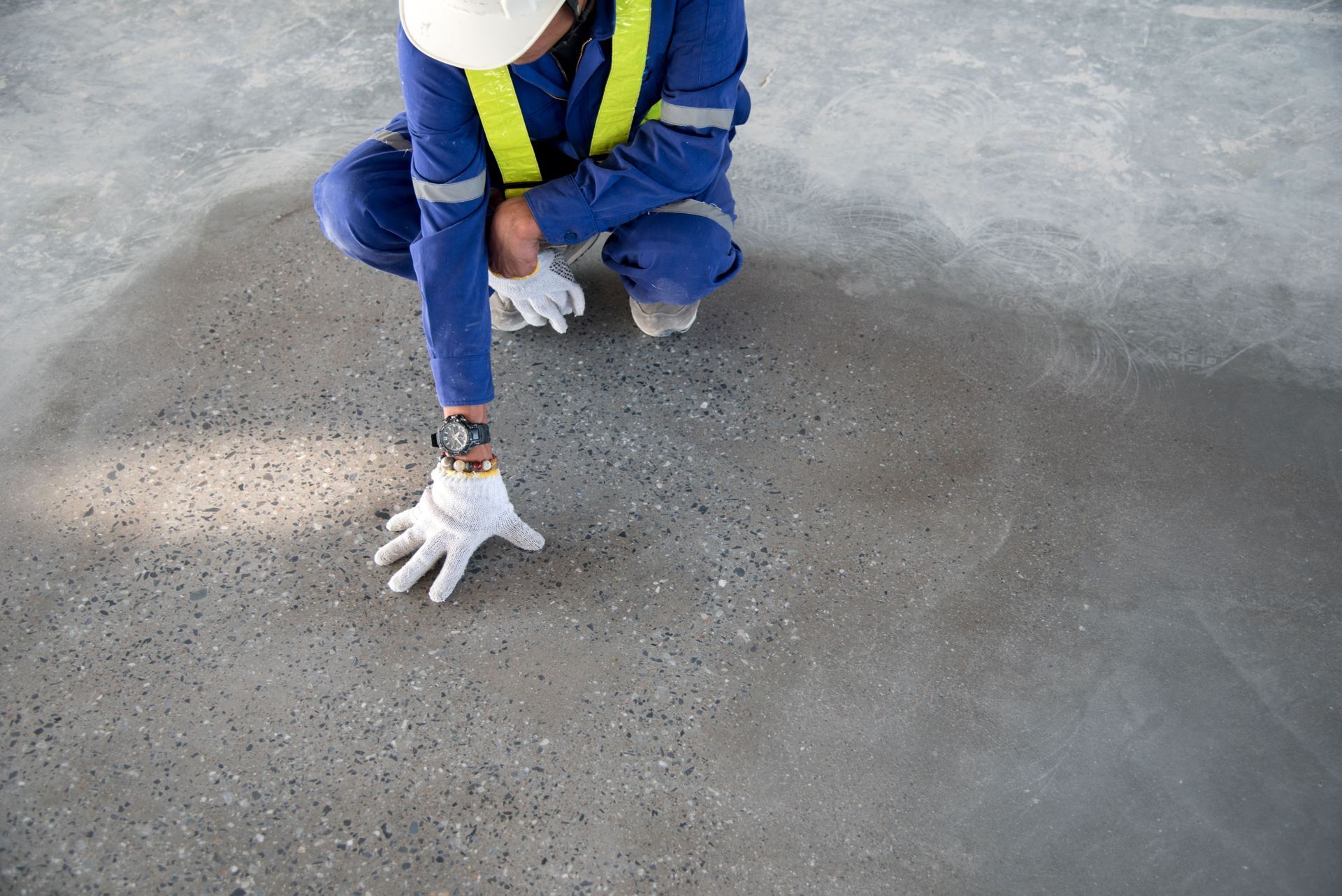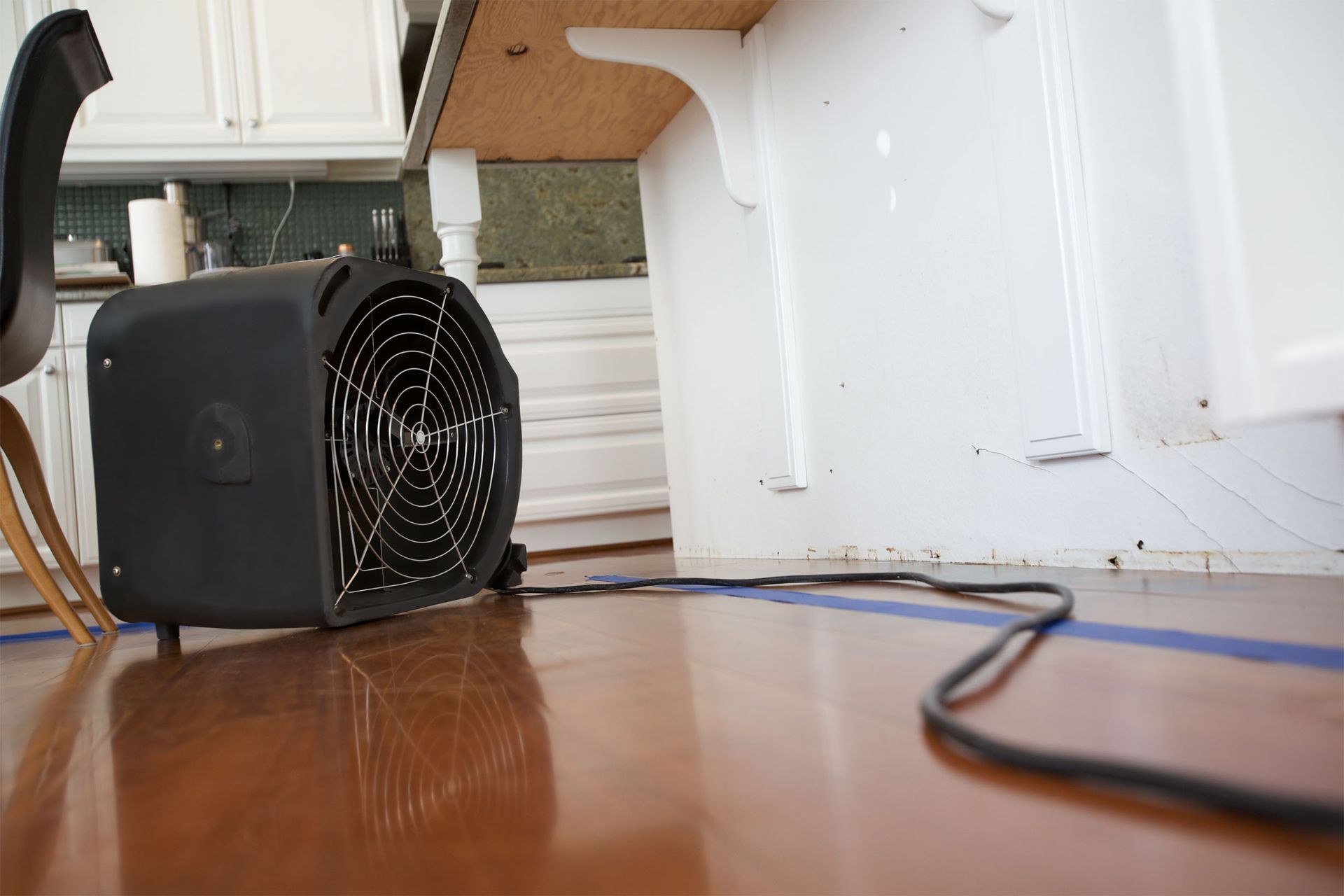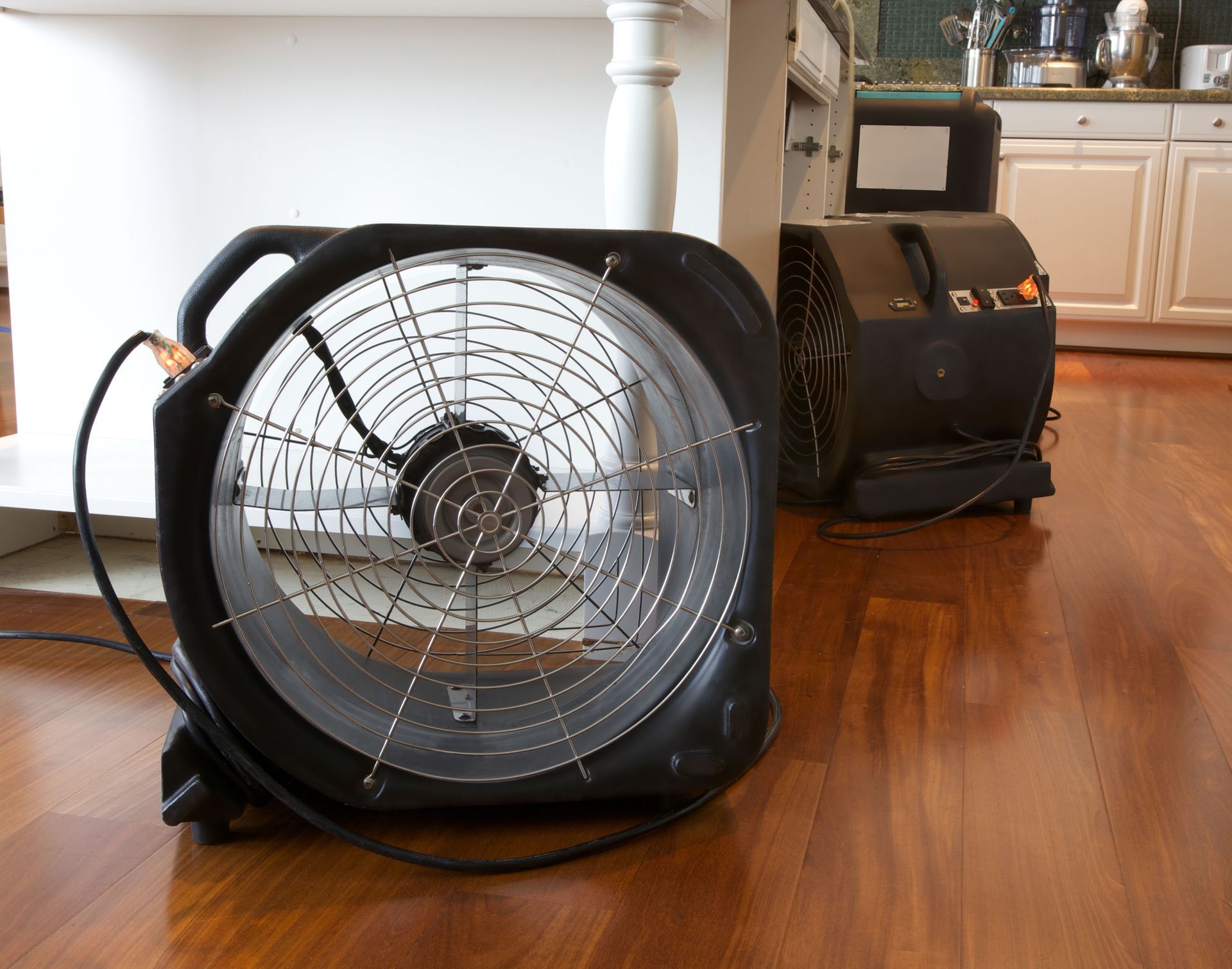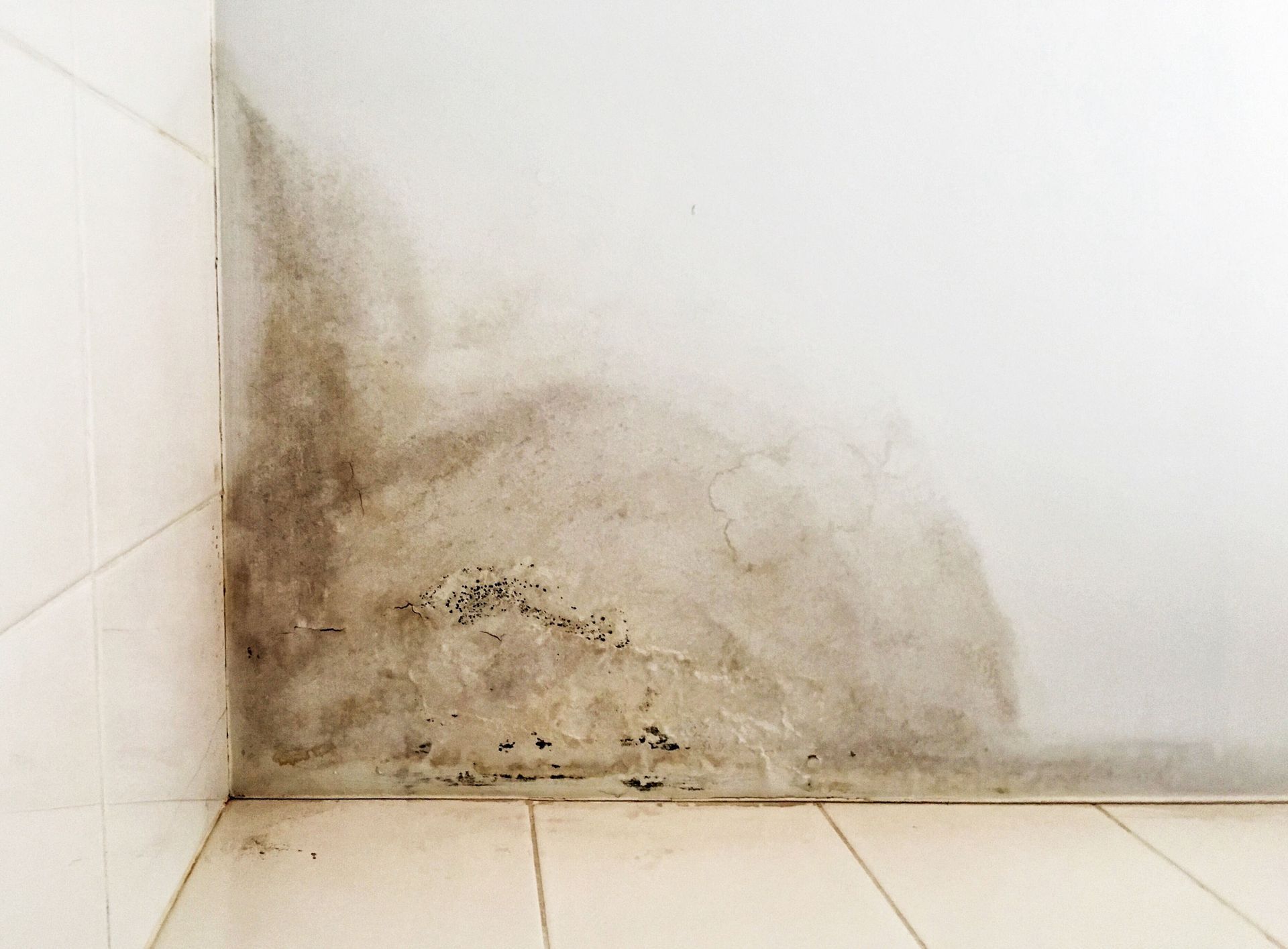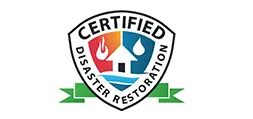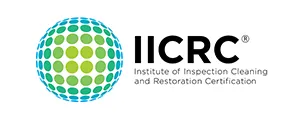By Terry
October 31, 2025
Water damage is a common and costly problem that can affect homes and buildings. Ignoring water damage can lead to serious consequences, including mold growth and structural damage. This article explores why immediate water restoration is crucial and provides insights into the processes and benefits of timely intervention.
Understanding Water Damage
Types of Water Damage
Water damage is categorized into different types based on the water source and contamination level. Category 1 involves clean water from sources like broken pipes or rain. Category 2 includes "grey water" which might contain soaps or other minimal contaminants, typically from appliances or baths. Category 3, or "black water," is highly contaminated, containing pathogens from sources like sewage or flooding from rivers. Understanding these distinctions is paramount for addressing the damage accurately and effectively.
Primary Causes of Water Damage
Water damage may arise from numerous sources, such as plumbing leaks, weather-related flooding, and appliance malfunctions. Natural disasters such as hurricanes can also be major contributors. The buildup of water over time, like that from a slow leak, is often more dangerous than immediate flooding since it might go unnoticed for longer periods. Climate change has made extreme weather events, a frequent cause of water damage, more common. In fact, from 1980 to 2024, the U.S. experienced 403 weather and climate disasters with overall costs exceeding $1 billion each, emphasizing the need for vigilance.
Stages of Water Damage
Water damage unfolds in stages, beginning with the initial exposure phase, where materials begin to absorb moisture. This is followed by the saturation phase, where water seeps deeper into materials, reaching structural components. Mold growth often begins within 24 to 48 hours if the water is not removed. The final stage is the degradation phase, where structural damage becomes significant and mold takes hold extensively. Each stage requires specific interventions to prevent lasting harm.
Signs of Water Damage
Recognizing the signs of water damage early can save immense repair costs and efforts. Common indicators include water stains on ceilings and walls, peeling paint, and a musty odor signaling mold presence. Warped or buckled flooring may indicate underlying damage to the structure of the building. Additionally, unexpected increases in water bills can suggest hidden leaks. Early detection and repair are vital to preventing further damage and costs.
Potential Consequences
Failing to address water damage promptly can lead to severe financial and health risks. Mold growth not only damages property but can also cause respiratory issues and allergies. Structural damage weakens the support and stability of a building, leading to costly repairs or even demolition. Additionally, persistent water damage can negatively affect property value and increase insurance premiums. Therefore, understanding and managing the risks associated with water damage is essential for long-term safety and financial well-being.
The Dangers of Mold Growth
Health Risks Associated with Mold
Mold exposure is a serious health hazard that can affect individuals, especially those with preexisting respiratory conditions. It can trigger allergic reactions, including sneezing, coughing, and skin rashes. Prolonged exposure can lead to asthma symptoms or worsen existing asthma conditions. For individuals with compromised immune systems, mold can pose a greater risk of infections. It's essential to address mold issues promptly to prevent these adverse health effects.
Common Types of Household Mold
Mold comes in various forms, with some types more common in homes than others. Stachybotrys, often called black mold, is notorious for its potential health impacts and is found in damp environments. Aspergillus is another common mold that can appear indoors and is usually harmless, though some species produce mycotoxins. Cladosporium can grow in both warm and cold areas, making it a versatile threat. Knowing how to identify these types of mold early can facilitate timely remediation.
How Mold Develops in Water-Damaged Areas
Mold spores are omnipresent and require specific conditions to grow, typically in moist environments within 24 to 48 hours of water exposure. In water-damaged areas, moisture permeates building materials, providing an ideal breeding ground for mold. Once established, mold spreads by releasing spores, which can colonize other moist areas. The continuous cycle of growth and spread underscores the importance of immediate remediation. Properly drying affected areas mitigates the risk of mold development and its consequences.
Environmental Factors Contributing to Mold Growth
Humidity and temperature are critical environmental factors influencing mold growth. Warm temperatures encourage faster mold development, especially when combined with a moist environment. Poor ventilation exacerbates mold problems by allowing humidity to persist. In certain geographical areas, such as those with frequent rain, conditions naturally favor mold growth. Therefore, controlling indoor climate by dehumidifying and increasing ventilation is vital.
Preventative Measures Against Mold
Preventing mold involves maintaining a dry and well-ventilated environment. Using dehumidifiers and ensuring good airflow can mitigate the risk of mold growth. Regular maintenance checks for leaks in plumbing and roofing can prevent water intrusion. Employing mold-resistant building materials, especially in areas prone to moisture, is also a proactive strategy. Early intervention in areas affected by water exposure significantly reduces mold risks.
Structural Damage Risks
Water's Impact on Building Materials
Water compromises the integrity of various building materials, leading to deterioration over time. Wood, a common building material, absorbs water, swells, and eventually rots, weakening its structural role. Drywall, when exposed to water, loses its shape and strength, becoming an ideal site for mold growth. Even materials considered resistant, like concrete, can suffer from corrosion of embedded steel reinforcement. Addressing water damage promptly is essential to preserving the structural integrity of a building.
Common Structural Damage Issues
Some structural damage issues stem from water exposure include foundation cracks, warped floors, and sagging ceilings. These damages not only affect the building's appearance but also pose serious safety risks. Persistent leaks can lead to foundational shifts, destabilizing the entire structure. Additionally, structural weakening increases the risk of collapse, particularly in load-bearing components. Quick response and restoration are vital in mitigating these risks and ensuring structural safety.
Long-term Effects of Unaddressed Water Damage
Ignoring water damage can have severe long-term implications for buildings and their inhabitants. Over time, prolonged exposure to moisture can lead to severe structural degradation, requiring costly repairs or reconstruction. Unaddressed water damage may also cause a progressive decline in air quality due to mold and mildew, negatively impacting occupant health. Furthermore, ongoing water-related issues can depreciate property values and complicate future sale transactions. Therefore, timely intervention in water damage is not only a matter of safety but also of economic prudence.
Assessing the Extent of Structural Damage
Evaluating structural damage involves a thorough inspection by qualified professionals who can identify both visible and hidden damage. Infrared cameras and moisture meters detect moisture trapped within walls and floors, providing a complete assessment. Professionals look for signs of instability, such as bowing walls or uneven floors, which indicate potential structural failure. Understanding the full scope of damage allows for informed decision-making regarding repairs. Regular assessments post-water damage ensure that any progressive damage is promptly managed.
Strategies to Mitigate Structural Risks
Mitigating structural risks involves both immediate actions and long-term strategies. After water exposure, quick drying and dehumidification are crucial to prevent further material degradation. Long-term solutions include investing in waterproof materials and improving drainage systems around the building perimeter. Routine inspections and maintenance of plumbing systems can also prevent future water damage. By incorporating these strategies, property owners can safeguard their structures against potential water-related damage.
Immediate action in water restoration is vital to prevent mold growth and structural damage. According to the National Centers for Environmental Information, the U.S. experienced 403 weather and climate disasters from 1980 to 2024, with overall damage/costs reaching or exceeding $1 billion. Understanding the risks and processes involved, and the benefits of using professional services, can significantly reduce long-term damage and health risks. This proactive approach ensures a safer, healthier living environment and preserves the integrity of the structures affected by water damage. Be sure to reach out to Fast Restoration today for more information on our professional water restoration!
